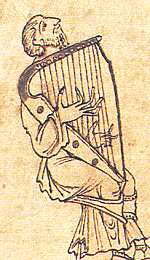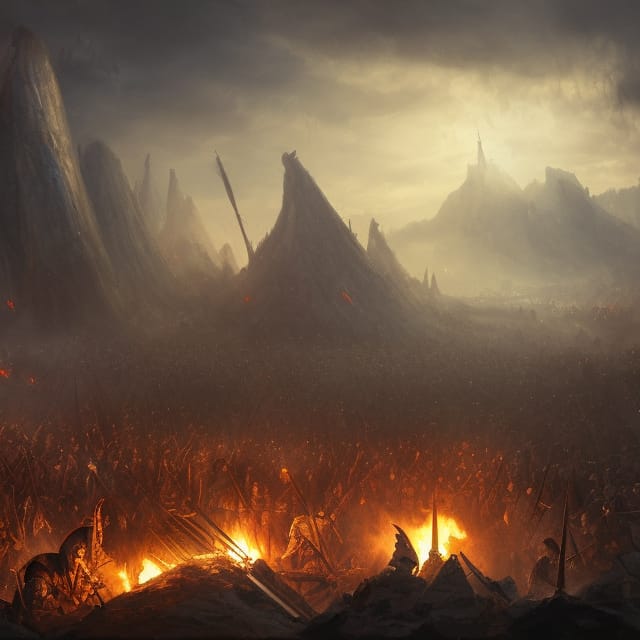In Norse mythology and ancient Scandinavian traditions, the passing of time was marked by a cyclical calendar, with each month holding its own significance and rituals. One such month is Skerpla, a time of light and renewal. In this blog post, we will delve into the meaning of Skerpla and explore the activities and customs associated with this Norse month.
The Month of Skerpla: Skerpla is believed to be the Norse month that corresponds to February in the modern calendar. It represents the awakening of nature from the depths of winter, as the days gradually grow longer and the warmth of the sun returns. Skerpla signifies a time of transition and rejuvenation, marking the arrival of spring and the renewal of life.

Activities and Customs:
-
Lighting Bonfires: In celebration of Skerpla, bonfires were lit across Viking settlements. The flames symbolized the returning light and served as a powerful metaphor for dispelling the darkness of winter. Communities gathered around these fires, sharing stories, feasting, and participating in various festivities.
-
Cleansing Rituals: Skerpla was also a time for cleansing and purifying. People would engage in traditional rituals, such as bathing in natural springs, rivers, or lakes, symbolically washing away the remnants of winter and embracing the fresh start that spring brings.
-
Spring Planting: As Skerpla marked the beginning of agricultural activities, farmers would start preparing their fields for planting. Seeds were sown, and offerings were made to the gods and spirits of the land, seeking their blessings for a fruitful growing season.
-
Honoring Freyja: Skerpla was closely associated with the goddess Freyja, the Norse deity of fertility, love, and beauty. Offerings were made to Freyja, invoking her blessings for abundant crops, thriving livestock, and harmonious relationships.
-
Feasting and Merriment: Like many other Norse celebrations, Skerpla was a time for feasting and merriment. Communities would come together, sharing food, drink, and music. Songs and dances would fill the air, celebrating the return of light and the promise of warmer days ahead.
Meaning and Significance: Skerpla holds profound symbolic meaning within Norse culture. It represents the triumph of light over darkness, the awakening of nature, and the anticipation of new beginnings. It is a reminder of the cyclical nature of life, where the cold and barrenness of winter give way to the vitality and growth of spring.
Conclusion: Skerpla, the Norse month of light and renewal, invites us to embrace the changing seasons and the cyclical nature of life. It symbolizes hope, rejuvenation, and the promise of new beginnings. As we honor the traditions and customs associated with Skerpla, we connect with the ancient wisdom of our ancestors and celebrate the beauty and resilience of nature.
Works Cited:
- Davidson, Hilda Ellis. Gods and Myths of Northern Europe. Penguin Books, 1990.
- Lindow, John. Norse Mythology: A Guide to Gods, Heroes, Rituals, and Beliefs. Oxford University Press, 2002.
- Simek, Rudolf. Dictionary of Northern Mythology. Boydell & Brewer, 2007.
- Turville-Petre, E.O.G. Myth and Religion of the North: The Religion of Ancient Scandinavia. Holt, Rinehart and Winston, 1964.





Leave a comment
This site is protected by hCaptcha and the hCaptcha Privacy Policy and Terms of Service apply.